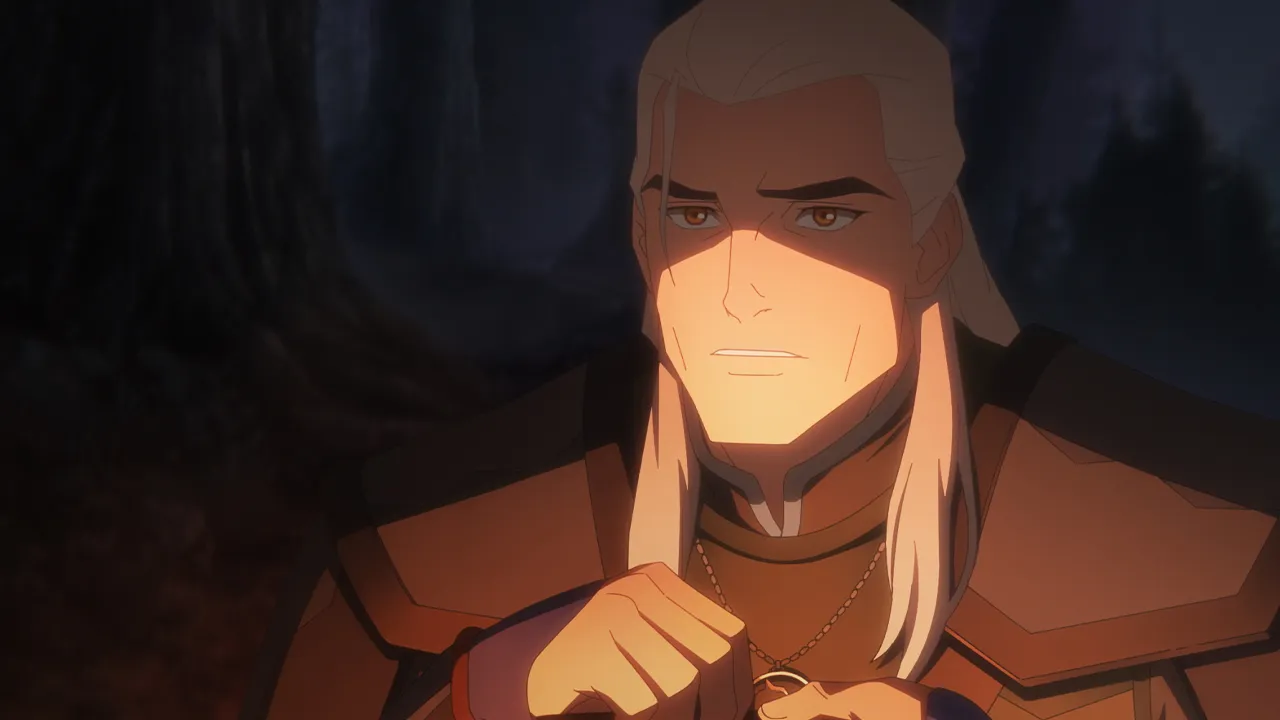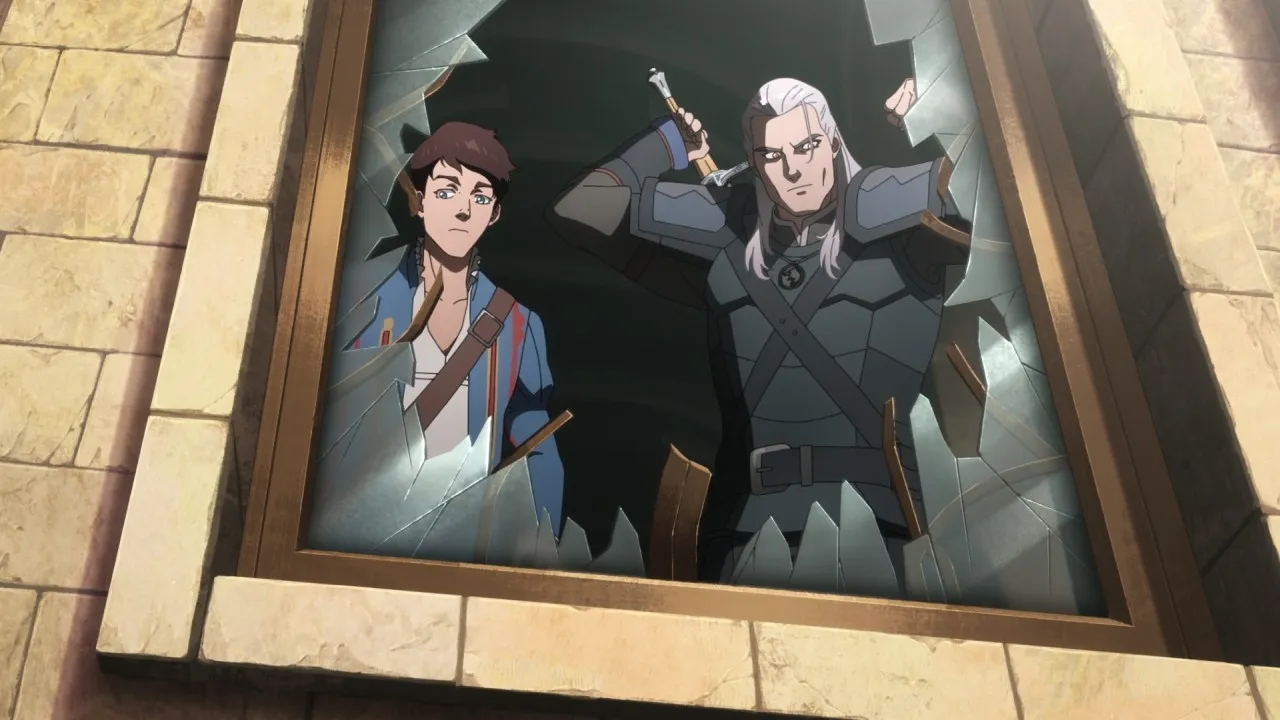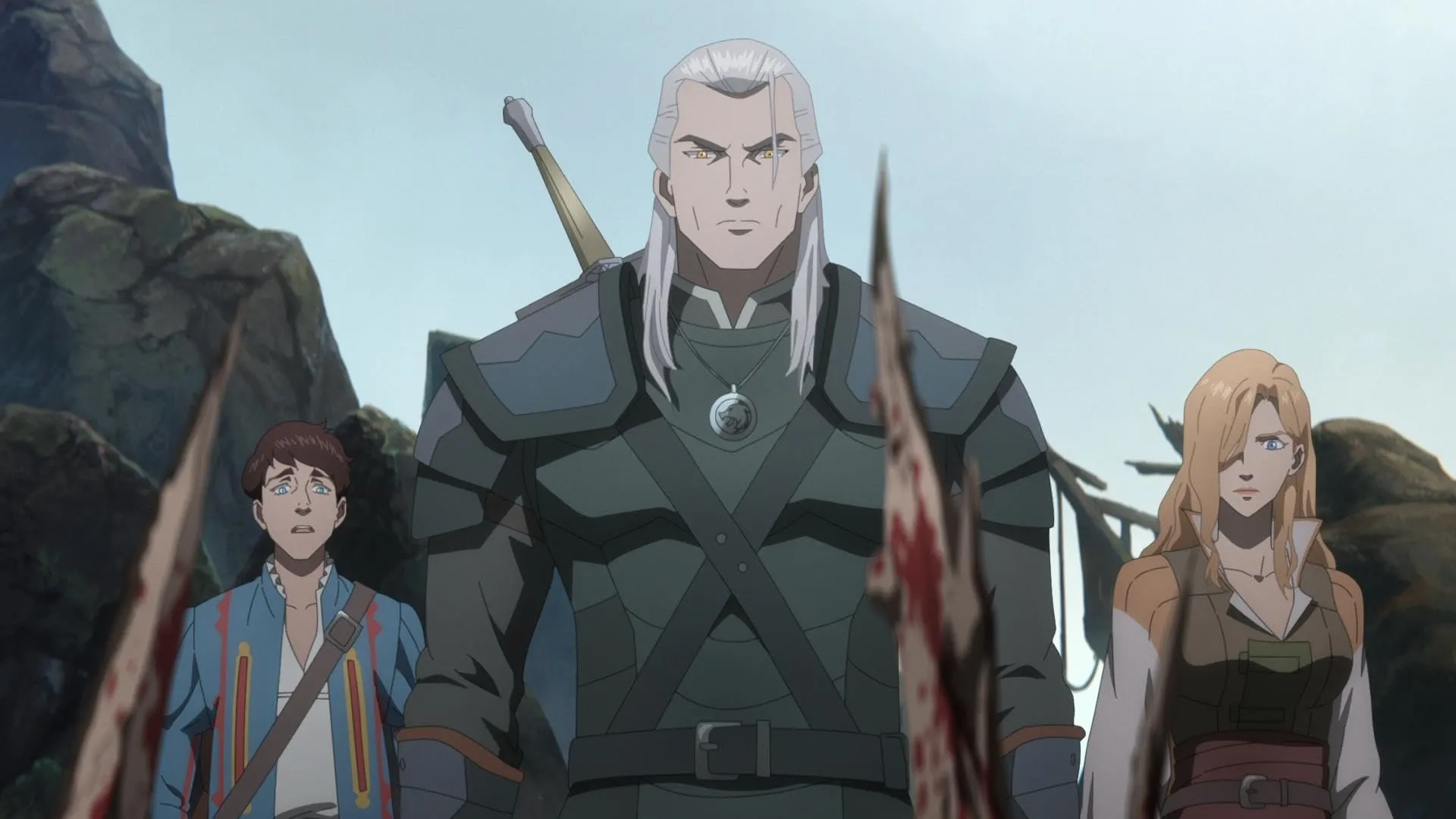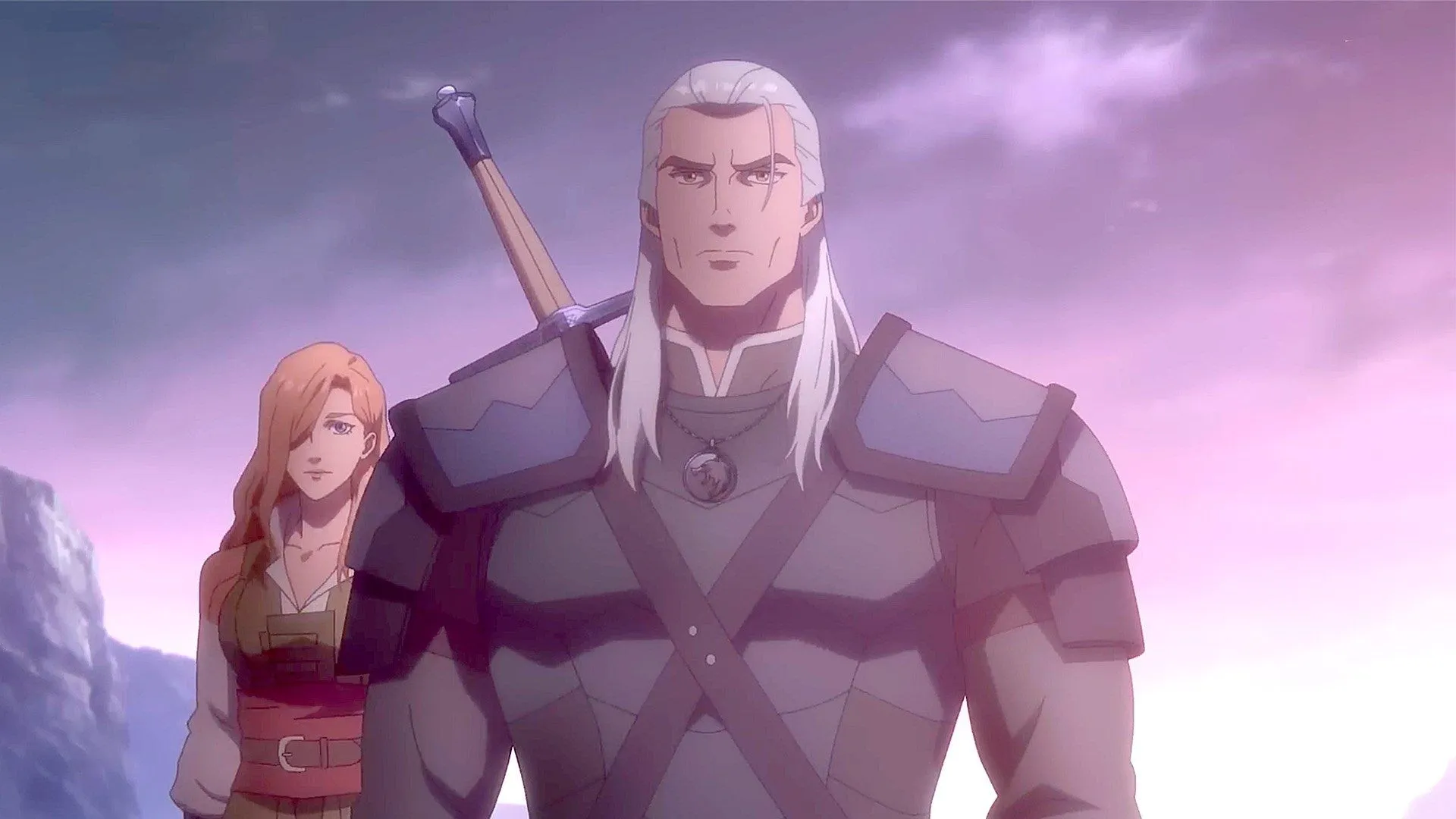The Witcher: Sirens of the Deep emerges as an animated rendition that draws its inspiration from a heritage of folklore and myth originating in Eastern Europe. The Witcher universe has evolved from literary works to interactive games and televised dramas, reflecting shifts in artistic expression across different regions.
In this installment, the animated format finds its place alongside the live-action series, presenting a tale that explores the tension between human ambition and the mysterious forces of the natural world.
Based on Andrzej Sapkowski’s short narrative “A Little Sacrifice,” the film reinterprets its source material with a visual style that pays attention to traditional artistic methods while embracing innovative imagery. It reimagines maritime legends and the delicate ties between human characters and supernatural beings, a treatment that captivates fans who value narratives enriched by historical nuance.
Viewers encounter a cinematic experience that fills narrative gaps within the live-action series while prompting reflection on themes rooted in both heritage and contemporary creativity. This piece offers fresh perspectives on well-known characters and settings, inviting audiences to consider how regional myths and societal values shape storytelling across various media.
Currents of Conflict: Examining the Plot and Narrative Structure
In The Witcher: Sirens of the Deep, the storyline follows Geralt as he investigates a series of seaside disturbances that unsettle the fragile balance between human society and the aquatic world. The plot unfolds in a coastal setting where ancient maritime lore confronts everyday reality.
Geralt’s mission is not a mere hunt for monsters; it becomes a pursuit that interlaces regional legends with modern storytelling, reflecting a rich cultural heritage that speaks to audiences around the globe.
Visual storytelling here shifts fluidly from scenes of energetic combat—where Geralt faces off against formidable creatures—to quieter moments that capture his inner contemplation.
A rapid sequence of clashes gives way to instances where subtle character interactions invite a closer look at personal conflicts and unsaid emotions. Such transitions offer a window into how traditional mythic elements coexist with contemporary narrative techniques, creating a dynamic interplay that is both kinetic and reflective.
The narrative further unfolds with a subplot centered on a forbidden liaison between a mermaid princess and a human prince. This romantic strand introduces political strife and personal dilemmas, mirroring societal divisions found in many cultural traditions.
Flashbacks intersperse the main action, hinting at deeper historical ties and moral quandaries that add layers to the primary conflict. Though these shifts can feel sudden at times, they serve as a mirror to the unpredictable nature of ancient myth, where past and present meet in unexpected ways.
Each narrative layer is rendered with care, drawing upon coastal customs and time-honored storytelling techniques from Eastern Europe. The film invites viewers to compare these traditions with modern visual narratives, prompting reflections on how inherited cultural themes are reimagined in a contemporary visual medium.
Expressions of Identity: Characters and Their Voices
Geralt and Jaskier stand at the forefront of this animated adaptation, each carrying the weight of familiar lore while engaging in fresh interpersonal exchanges. Geralt’s internal struggles, marked by lingering memories of a past with Yennefer, are portrayed with a restrained complexity that echoes cultural narratives of honor and solitude.
Jaskier, though injecting moments of levity and wit, is given unexpected layers that transform him from mere comic relief to a character with personal ambitions and hidden insecurities. Their exchanges serve as a microcosm of cultural storytelling traditions, where silence and subtle banter convey depths of emotion that resonate across different societies.
New figures add further nuance to the tale. Essi Daven, a bard whose gentle nature softens the harsh edges of conflict, brings a fresh perspective to the narrative. Her interactions remind viewers of traditional folklore heroines, yet she is presented with a modern sensibility that questions established gender roles. In parallel, the characters of Sh’eenaz and Prince Agloval embody conflicts drawn from age-old maritime myths.
Their relationship hints at the struggles between established customs and emerging ideals, a theme familiar in narratives spanning various cultures. Minor characters, though not given extended backstories, contribute essential details that enrich the setting and offer brief but impactful insights into a society in flux.
The vocal performances deserve particular mention. Doug Cockle’s portrayal of Geralt connects deeply with long-time fans, his voice carrying a familiar gravitas that bridges the animated version with earlier incarnations.
Other voice talents offer performances that bring their characters to life through subtle inflections and emotional undertones, capturing both the stoicism and the vulnerability of their roles. These auditory choices, set against the film’s visual style, create a dialogue between tradition and modern storytelling that invites viewers to reflect on the nature of identity and cultural exchange.
Animation, Visual Style, and World-Building
The film employs a combination of traditional hand-drawn art and digital techniques that recall the rich heritage of Eastern European animation. A mix of 2D sketches and 3D spatial designs creates fluid character movement and expressions reminiscent of classic animated narratives.
The character designs are crafted with care, reflecting both a respect for historical artistic methods and a modern digital polish. This method invites comparisons to celebrated animated works from regions with long artistic traditions, presenting a visual language that connects age-old techniques with current technological approaches.
The underwater realm is rendered with meticulous detail. The film uses a palette of deep, muted hues to suggest the mystery of submerged kingdoms, punctuated by warmer tones that evoke the familiar life of coastal communities.
Lighting effects mimic the play of natural water reflections, generating a visual rhythm that echoes maritime folklore and seafaring traditions. These elements come together to create scenes that remind viewers of traditional legends while engaging with the expectations of today’s international audience.
Set design plays a pivotal role in constructing the film’s universe. The seaside village is depicted with detailed architecture inspired by historic European ports, offering a setting that feels both lived-in and evocative of regional pasts.
Underwater sequences merge fantastical elements with realistic renderings of nature, presenting environments that provoke thought about the collision of myth and everyday reality. This attention to environmental detail invites the audience to consider how cultural narratives and artistic traditions inform visual storytelling across different media and geographies, leaving room for reflections on the ongoing dialogue between heritage and modern innovation.
Kinetic Encounters: Action and Combat
Geralt faces physical manifestations of menace while grappling with shifting internal resolve during high-energy battle scenes. The choreographed skirmishes mix swift swordplay with spells and precise tactics, revealing a legacy rooted in folkloric warrior traditions.
One sequence, featuring an intense clash with a formidable aquatic beast, offers a moment for Geralt’s character to be both tested and defined, highlighting his expertise in handling myth-inspired adversaries.
The design of the creatures draws from artistic traditions that render supernatural beings with a sense of raw power. Aquatic opponents, animated with deliberate care, provide a stark visual contrast to Geralt’s measured combat style. The action scenes serve not merely as moments of excitement but as catalysts for deeper narrative shifts; they mirror the struggle between human order and untamed natural forces.
Each encounter pushes the plot forward by infusing physical conflict with emotional stakes. The fusion of dynamic combat with introspective pauses prompts the audience to question how myth and modern storytelling can coexist within a single frame. In several sequences, the tension between fluid movement and abrupt shifts in pace invites varied interpretations of the film’s portrayal of ancient legend meeting contemporary cinematic technique.
Symbols and Stories: Interpreting Myth and Meaning
The film presents themes that speak to complex relations between beings and societies. The narrative centers on a love that defies established norms, highlighting a romance between a mermaid princess and a human prince.
This forbidden bond unfolds amid political discord, where tensions among communities reflect struggles over fairness and respect in modern society. The narrative invites audiences to consider how age-old biases and shifting social values can collide in unpredictable ways.
Drawing from classic fairy tale motifs, the film introduces a sea witch figure whose presence conjures images of legendary tales passed down through generations. The portrayal of interspecies romance serves as a symbol of resistance against entrenched customs, challenging viewers to reassess notions of identity and loyalty. The reimagined myths appear both familiar and startling, prompting comparisons with works that have long influenced global storytelling traditions.
Narrative techniques such as flashbacks and reflective monologues punctuate the unfolding drama. Quiet moments of introspection coexist with vivid action, crafting a balance that mirrors the tension between established lore and inventive retellings.
The script oscillates between detailed exposition and scenes of kinetic energy, allowing room for personal interpretation. References to traditional Witcher narratives provoke thoughts on how age-old legends are reshaped in modern media, sparking ongoing debates about the influence of cultural heritage on visual storytelling.
Legacy and Enduring Influence within The Witcher Universe
The film presents a narrative that intertwines inventive storytelling with distinctive animation and complex character dynamics. It functions as a self-contained chapter while connecting to the larger saga.
By portraying familiar heroes in fresh roles and introducing new figures with cultural depth, this installment enriches the Witcher series. Its blend of mythic elements with dynamic visual sequences draws upon regional traditions and appeals to viewers from varied backgrounds.
The work reinterprets established legends through an animated medium, offering perspectives that evoke both traditional folklore and modern cinematic practices. The depiction of age-old conflicts and alliances reflects societal values shaped over centuries, while scenes of martial prowess combined with magical encounters underscore the enduring appeal of heroic tales.
The careful integration of visual spectacle and narrative intricacy challenges conventional storytelling, inviting comparisons with works across different cultural spheres.
The film’s creative energy and narrative choices stimulate a discussion about the evolution of popular myth. Its impact on the Witcher universe leaves questions about future directions open to interpretation, prompting reflection on the interplay between legacy and artistic innovation. This chapter in the saga invites fans and newcomers alike to explore the shifting dynamics of myth and modern creativity.
The Review
The Witcher: Sirens of the Deep
The animated adaptation reinterprets a classic tale with engaging visuals and layered characters, preserving the spirit of its origins while opening space for fresh perspectives across cultures. Its mix of dynamic combat scenes and thoughtful narrative moments provides familiar comforts alongside ideas that challenge convention. This offering expands the Witcher saga with inventive storytelling that invites both longtime enthusiasts and new viewers to reconsider established lore.
PROS
- Engaging visual style combining traditional and modern techniques
- Rich character portrayals and dynamic combat sequences
- Intricate world-building that connects with Witcher lore
CONS
- Uneven pacing that may disrupt narrative flow
- Occasional abrupt narrative shifts potentially confusing viewers
- Limited depth in certain supporting characters





















































